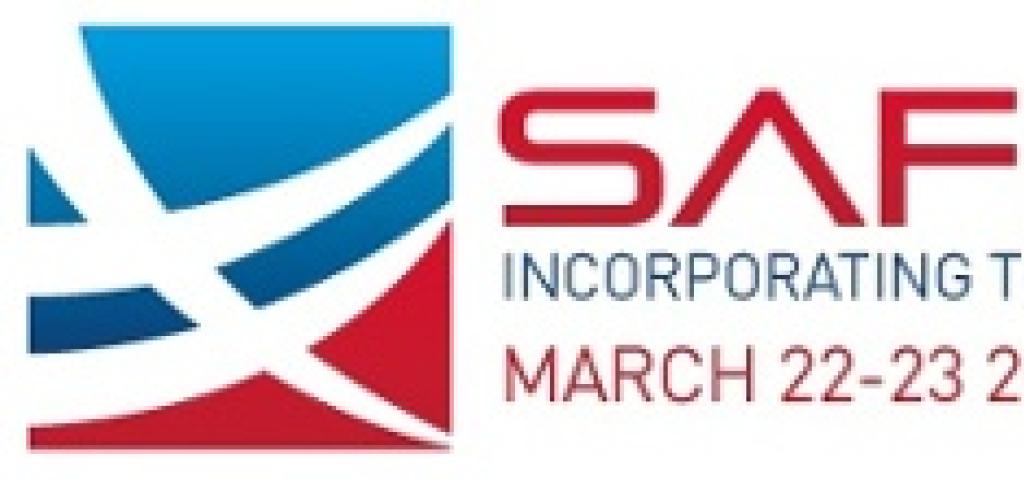
Software Driven Positive Train Control and Track Management

Wind River is a lead sponsor at the SafeRail Congress event in Washington, DC on March 22-23, 2015. The event will give us an excellent opportunity to meet with regulators, suppliers and rail operators to learn more about how they see the future of train control and management. Historically, the US rail industry has lagged behind many other developed nations in implementing a safer rail system but changes are on the horizon. Positive Train Control (PTC) is an initiative that will ensure safer and more efficient train travel and allow for better integration of freight and passenger rail systems. PTC is an architecture that encompasses a broad array of hardware and software technologies, including but not limited to communications, navigation, surveillance and control. I see parallels between the goals and benefits of PTC and what the Federal Aviation Administration is implementing with Airborne Dependent Surveillance Broadcast (ADS-B) for aircraft.
Using GPS technology, dedicated ground stations along with airborne transponders, each aircraft has complete situational awareness of their environment including location of other air traffic and weather hazards. This capability allows aircraft to operate more efficiently and more safely. The aggregated picture of air traffic is also available to those on the ground, who can make decisions based on the real-time picture. For example, air traffic controllers can now see and guide aircraft not previously visible on radar. Additionally, operators can make scheduling decisions based on where their assets are currently. It’s likely that you’ve even made use of this technology without even knowing it. Have you ever used Flight Aware to track the status of a given flight? If so, then you’ve indirectly used ADS-B technology.
PTC has the capability to bring the same benefits to the rail industry. Not only will each vehicle have situational awareness but operators and regulators can use this information to ensure that use of the rail system is both safer and more efficient. Imagine the benefits to end-users. Passengers can use their mobile phones to find out exactly where their train is before ever leaving the house. While PTC is an architecture composed of many elements, the benefits of PTC are rooted in interoperability, open standards, safety and software design, which is where Wind River can help.
Wind River has provided proven software solutions for mission and safety-critical applications in multiple industries for over 30 years. Our key products supporting safety today are VxWorks 7 with Safety Profile and VxWorks653. Both are designed to meet safety requirements in multiple industries (industrial, rail and aerospace), support open standards and enable future growth using today’s multi-core silicon. These technologies help PTC designers meet safety requirements of IEC61508 and EN51028 (system and software certification standards for industrial and rail systems). The VxWorks653 platform ensures that application software can be isolated thereby containing faults and allowing designers to separate safety functions from non-safety functions. Additionally, VxWorks653 enables one to define the computer resources exclusive from the operating system making changes a simple process of updating an XML file. Our VxWorks653 technology will be on display by our partner Artesyn who has designed a SIL4 ControlSafecomputer that provides redundancy and fail-safe operation required by EN51028 SIL4. I will be giving a presentation along with Martin Cornes, Director and Architect for ControlSafe Products, Artesyn Embedded Technologies describing the ControlSafe platform in more detail.
Please stop by and see us at SafeRail to learn more!

